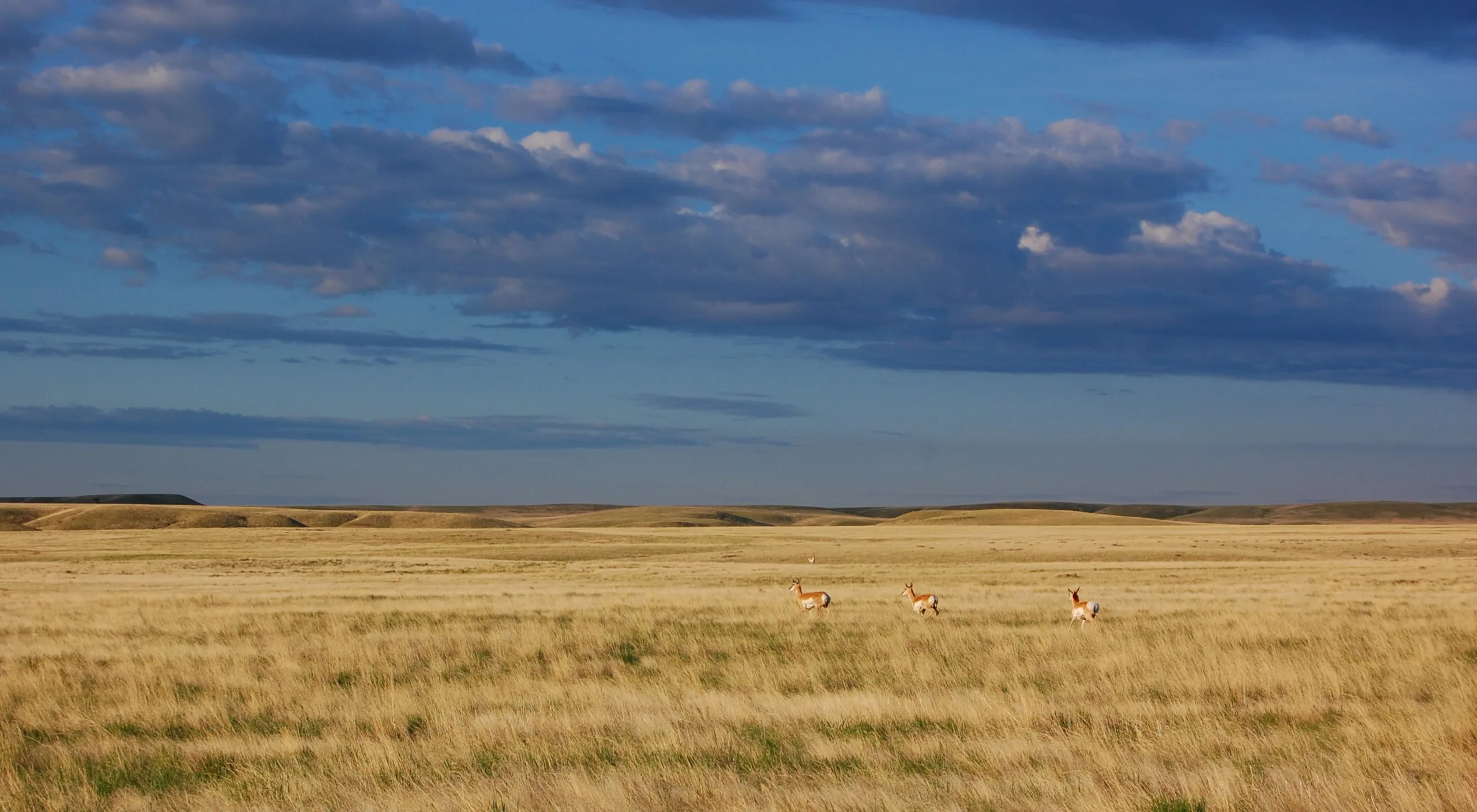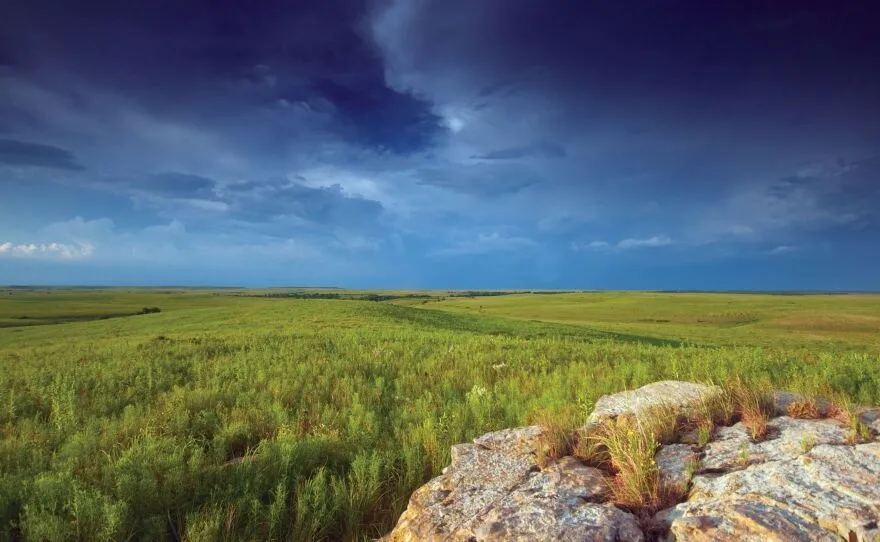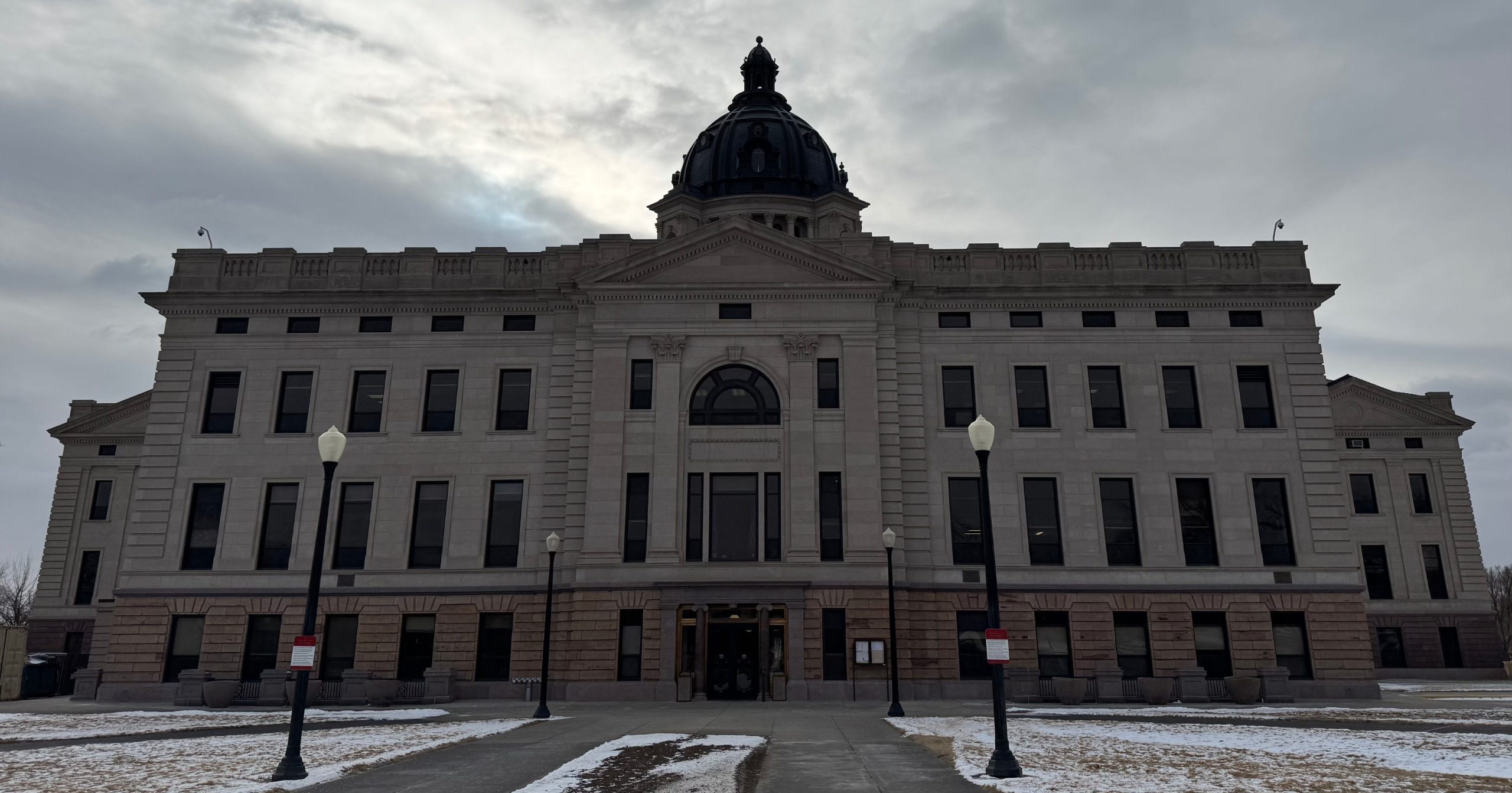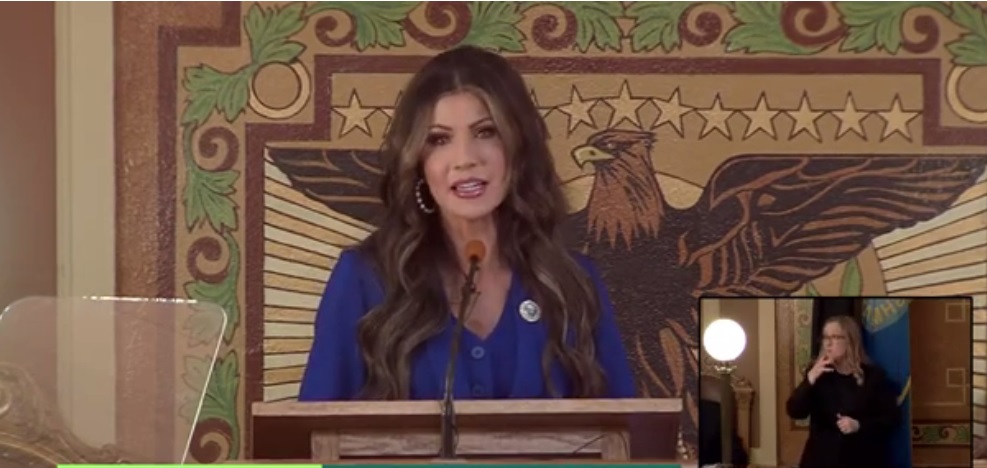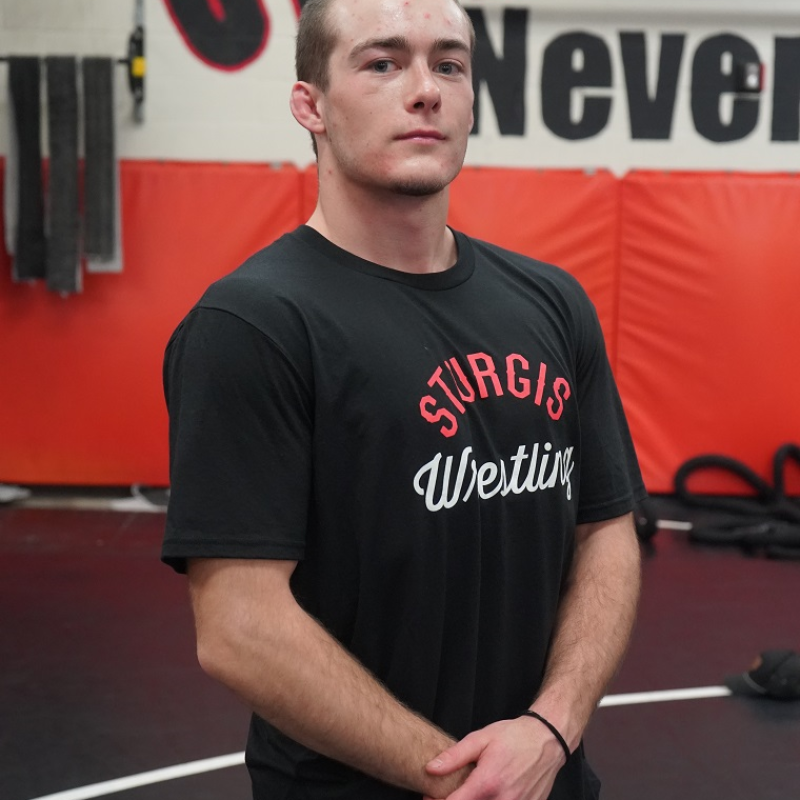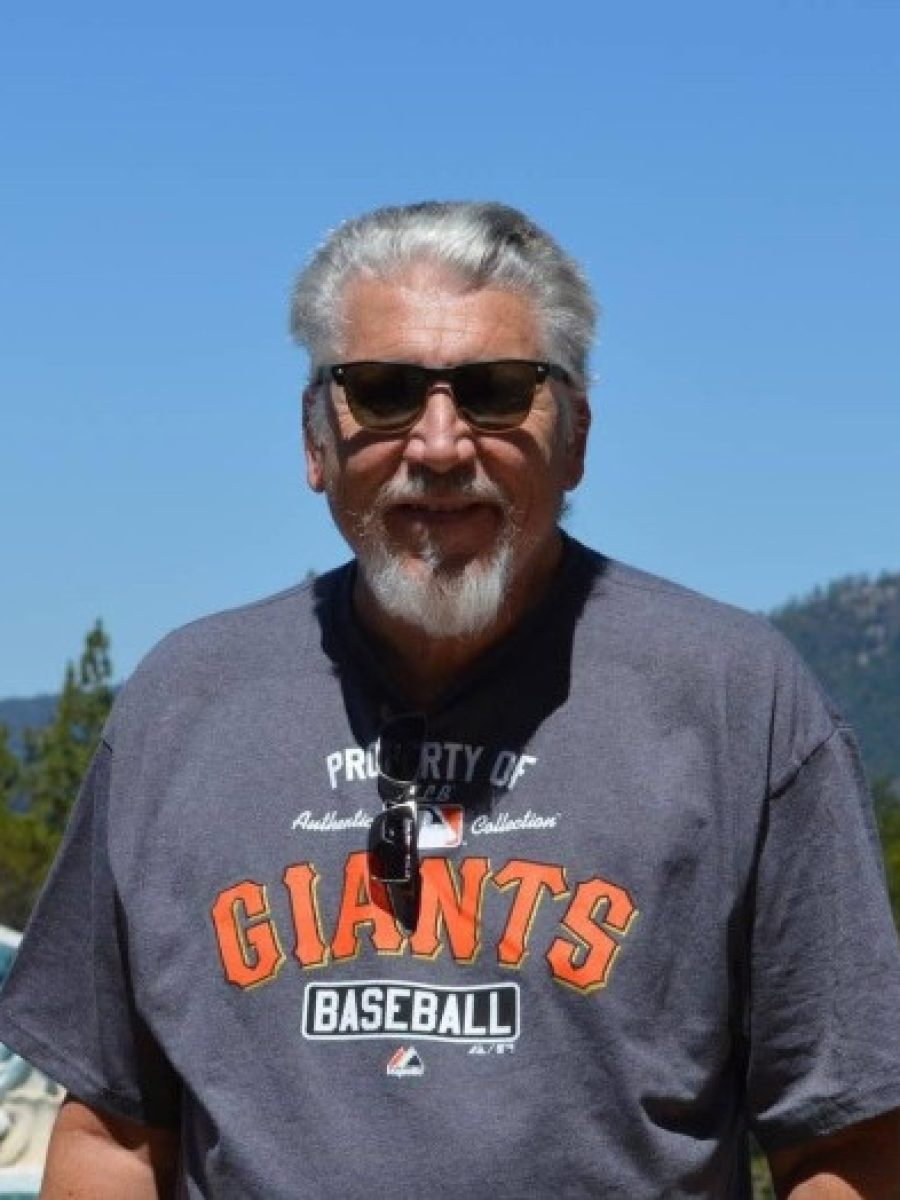Over decades, identities shift but ‘Midwestern’ identity respected for work ethic, honesty
BROOKINGS, S.D. – Where does the Midwest end and the Great Plains begin?
It’s been a topic of debate among academics in this region of the country, and during a recent event hosted by the Northern Great Plains History Conference and South Dakota State University, a half-dozen university professors presented their ideas and research on the topic. It was a group that included scholars in history, geography and regional studies.
And it was a popular seminar. Prior to its start, organizers scrambled to find extra seating to accommodate those who wanted to listen.
But after an hour-and-a-half of presentations, one of the attendees had a question: Why does it matter?
That got it going.
“Why does it matter? Because it matters to people,” responded North Dakota State University history professor Tom Isern.
University of South Dakota history professor Molly Rozum said her profession is interested in how people weave into their surroundings, environment and geography, which is how they make societies.
“We all live in several regions that overlap with our interests and identities,” she said.
Indeed, the Midwest tag might attract appropriators who live nowhere near the actual Midwest. The Census Bureau identifies the region as a 12-state area of: Illinois, Indiana, Iowa, Kansas, Michigan, Minnesota, Missouri, Ohio, Nebraska, North Dakota, South Dakota, and Wisconsin.
The region is popularly associated with good manners and a hard work ethic. And those are popular traits that could bleed out into communities outside the Midwest – with businesses naming themselves “Midwest X” just to attract customers.
“It’s safe to be from the Heartland, wherever that is,” said Harry Thompson, the director of the Center for Western Studies at Augustana University.
Indeed, that could be why a poll last year conducted by Middle West Review found that people in unexpected places identified as Midwestern. The initial poll by Emerson College Polling asked 11,000 people in 22 states about whether they consider themselves Midwesterners. There were surprising results, with people in states like Arkansas, West Virginia, Colorado and Oklahoma suggesting they lived in the Midwest.
The results from the poll and a subsequent one were referred to repeatedly during the seminar. Thompson said the Midwest is the state of mind for millions of people.
“It’s amazing how many Americans think they live in the Midwest when they don’t,” he said.
Over the years and decades, identities change, given societal trends. The identity of being from the Great Plains – as opposed to being Midwestern – used to be stronger. You don’t hear people referring to themselves as “Plainsmen.”
Who are the Great Plainsmen (and women)? Scholars have debated that, but in the Dakotas, the Missouri River has been a demarcation line for many. Arid lands in the west past the 100th Meridian usher in a landscape that is inhospitable for crop growth absent irrigation and genetically modified crop seeds. That Meridian has moved westward as more advanced agricultural technologies have taken hold.
But the Plainsmen definition has geographic features: Flowing grasslands, sparse populations and few trees and other features. But where once there was a clear point of departure from Midwest to Great Plains, that seems less so now.
“It’s a matter of when as much as where,” Rozum said.
